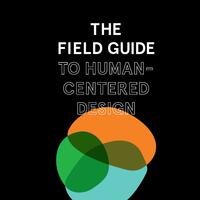Search
Books+
Searching 1,730 books
Search related to the career Interior Designer
Interior designers translate client needs into a design by following a structured process that involves several key steps:
1. Initial Consultation: The designer meets with the client to discuss their requirements, preferences, and budget. This helps the designer understand the client's vision and expectations.
2. Client Brief: The designer creates a detailed brief based on the client's input. This document outlines the project scope, goals, and any specific requirements provided by the client.
3. Space Analysis: The designer assesses the existing space, taking measurements and noting architectural elements, such as windows, doors, and structural constraints. This analysis helps determine the design possibilities and limitations.
4. Concept Development: Using the client brief and space analysis as a foundation, the designer develops initial design concepts. These concepts may include floor plans, color schemes, material selections, and furniture layouts.
5. Design Presentation: The designer presents the design concepts to the client, showcasing visual representations such as mood boards, 3D renderings, or sketches. This allows the client to visualize the proposed design and provide feedback.
6. Design Refinement: Based on the client's feedback, the designer refines the design, making necessary adjustments and incorporating any requested changes. This iterative process continues until the client is satisfied with the final design.
7. Design Implementation: Once the design is approved, the designer creates detailed drawings, specifications, and schedules. These documents guide contractors, suppliers, and other professionals involved in the project's execution.
8. Project Management: Throughout the implementation phase, the designer oversees the project, ensuring that the design is executed as planned. This involves coordinating with contractors, sourcing materials, and addressing any unforeseen challenges that may arise.
By following these steps, interior designers effectively translate client needs into a well-executed design that reflects the client's vision while considering functional, aesthetic, and budgetary requirements.
Source: Various AI tools
Website design
Books tagged website design
Georgics
Pyramid project
Books tagged pyramid project
Vocational skills
Art
Searched in English.

























